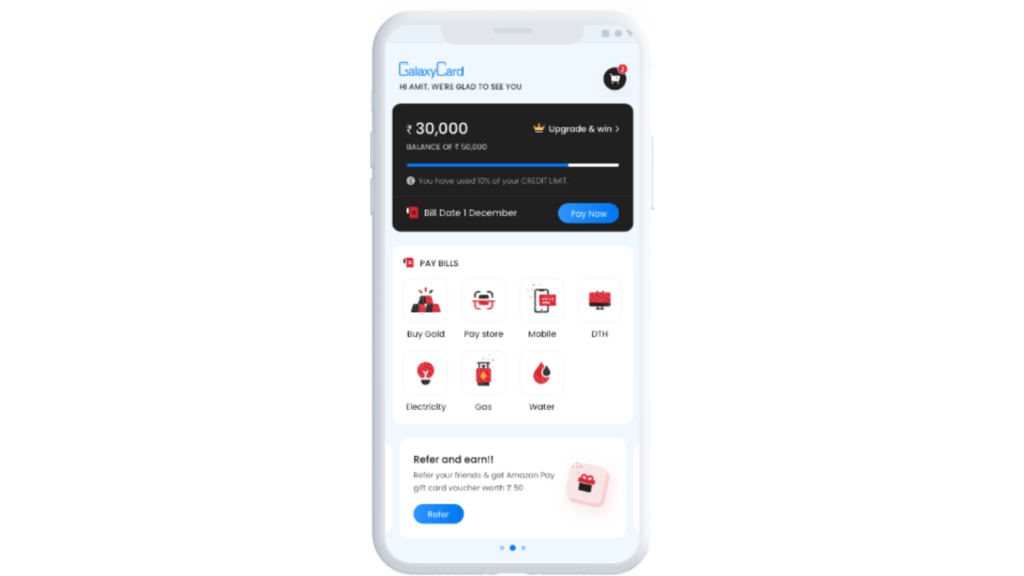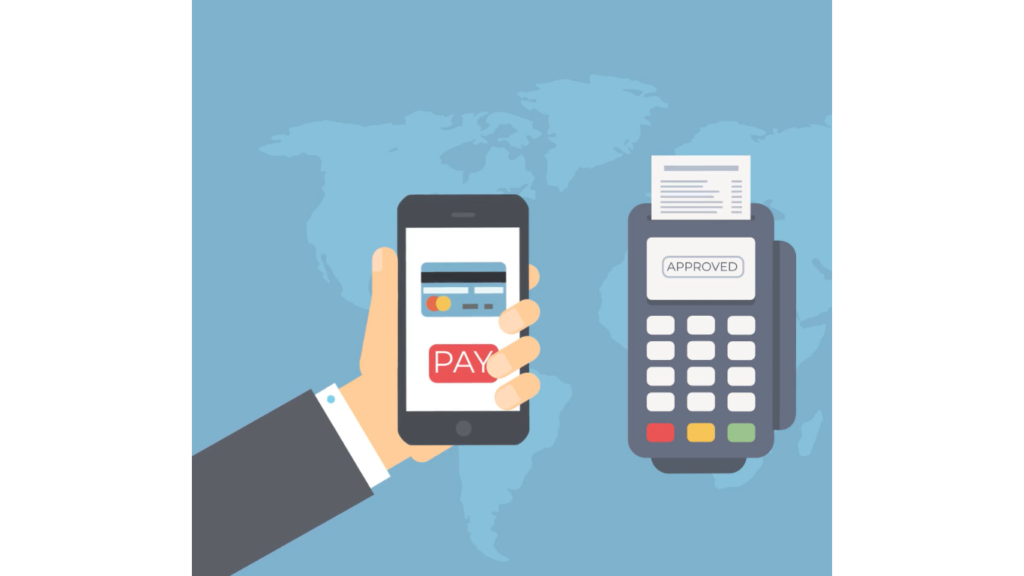Many entrepreneurs across the world have, at some point of time, experienced the burden of acquiring capital or fundings for their business ventures. The challenges vary from lengthy and complicated procedures to short amounts dispersed by the financier over long intervals. The lack of documented credit history and proper integration of technology into the whole loan sanction process further complicates matters. This is exactly the reason that has led to the current popularity of unsecured loans through Fintechs.
The unsecured business loans are turning out to be the real game changers for some of the small and medium scale businesses in the developing countries. The modern digital lending platforms leverage technology to optimise the entire loan approval process and even the recollection process. With the advent of the digital lending platforms, the lenders themselves do not have to take much risk. Now there is a third party app that comes in and says,’the risk is all ours and the profit is all yours’.
We talked to Amit Kumar, founder and CEO of Galaxy Card, a digital lending platform in India, to understand how the digital lending structure has evolved in some of the developing countries of the world. We further explore the new possibilities brought about by the digital lending platforms.

Tradition making way for Practicality
Amit explains, “In India, we had a ‘buy the stuff now and then pay it later’ scheme on a monthly ‘Khata’(account) kind of set up with our local grocery stores. That was something that was used by almost everyone because we never used to carry cash almost every time. Children in the house would frequently run to these stores where their fathers had opened accounts, buy the stuff and then the payment for it was done at the end of the month. Sometimes, this proved to be easier when there was a shortage of change, which is always observed in a cash heavy economy like India.”
The business models of some of the traditional lenders have not changed much but the introduction of the digital lending platform is helping them improve their business processes. They are able to improve the volumes that they are looking to target. The biggest benefit that the lenders are enjoying through these lending platforms is that the term duration of the loans is much smaller. So now, they are able to lend more money, more times, in the same period as earlier.
Amit elaborates this in detail, “Earlier, if you were taking a 1 lakh amount loan and then repaying it over a duration of 6 months, the capital was almost blocked for those six months. But now when you are taking the loan and repaying it in 15 days, 20 days or 50 days, the lenders are able to circulate that money more often. That itself brings you more chances of somebody becoming late on their payment, accruing interest on the late payment, which automatically increases the revenue for the lenders.”

At Galaxy Card, if INR 1 lakh is borrowed, the payment could be done in 100 payments of INR 1,000 each. This way the lenders are always in stock of some capital to lend throughout the six months. This adds to their compounded net revenue and eventually gives them the confidence to cater to a higher risk market, say the small-size businesses. Amit also revealed that the Galaxy Card platform is also committed towards financial inclusion of people from every strata of the society. This way more people would have a credit score to showcase and consequently leave a compounding effect on the national economy as a whole.
Incentive-driven growth trajectory
The growth of this digital lending segment is more prevalent in countries where the credit bureau records are almost unblemished and widely validated. These are also the regions where we observe higher levels of business volume. Today, we see a wide spread promotional campaign for digital lending platforms from various fintech enterprises. These enterprises are now offering their customers with cashbacks and other incentives for using the digital lending platform.
Talking about the factors driving the growth of this segment, Amit explains, “The incentives are attracting more consumers to these digital lending platforms. Credit cards are more of a long-term credit whereas with digital lending, one can bunch up a few of the payments and then pay it at one go. This is not totally coming out on their credit card usage but it is a separate channel, which is kind of an on-demand credit. One who receives the credit can consume it and then throw it away. This also helps them in keeping the credit score in check by keeping the utilization of the credit cards a little low.”
Sharing his learnings from Klarna, a Swedish-based fintech company in the UK, Amit explains that the firm had introduced something called ‘Annual Metro Pass’. The pass allows a user to make the payment using Klarna’s digital lending platform. This, in turn, guarantees some amount of discount to the users. Instead of receiving monthly payments from the users, the Metro corporation received the annual payment from Klarna, in advance itself. Due to the advance payment, Klarna receives a certain amount of discount from the Metro Corporation and the metro users get certain benefits for using the digital platform.
Long term benefits from short term gains
The biggest threat to the digital lending platforms are the cybercriminals and the fear of debt traps among the borrowers. People have little or no knowledge about the scenarios that lead to a debt trap. All this seems to be culminating in situations where the credit score records are not well maintained or ignored. Due to shoddy bookkeeping practices, either borrowers are conned or the lenders are not able to recover the money. Amit observes that in many of the countries, the legal framework is also biased towards the defaulter, citing the small amount of money borrowed. The defaulter takes benefit of the leniency shown for the Rs 1000 default and goes on a credit spree with 100 other lenders. This way, the small time borrower ends up defaulting over a huge amount from several lenders.

Although the government has set up a legal framework, people need to be educated about the credit facilities and ways to circumvent a debt trap. It is not just the borrowers, the lenders also make mistakes and a legal recourse should be available for everyone. The legal recourse available to the lenders should be made stronger to allow the lenders to operate in a healthy manner. Proper cash flow could ensure a healthy entrepreneurial attitude that could further boost consumerism and thus lead to the growth of the economy. Borrowers need to be more financially disciplined and the lenders need to have a good acumen of the repaying capacity of an individual.
Galaxy Card, presently operating in India, has drawn out plans to expand in other South Eastern markets. Amit has the following words of wisdom for people who are looking for funds for their ventures:
“The borrower needs to ensure that he/she does not go beyond the spending capacity. If you are spending more than what you could repay, then it would be a very bad thing for the credit score and the entire credit system gets tarnished for this. If you have the option and if you could repay then there is nothing that comes close to the comfort of digital lending. As long as the repayment positions are clear, be very bullish about digital lending and go for any offers that you get.”
Article by Ujal Nair. Excerpts of an interview with Amit Kumar by Medhaj Nair




















